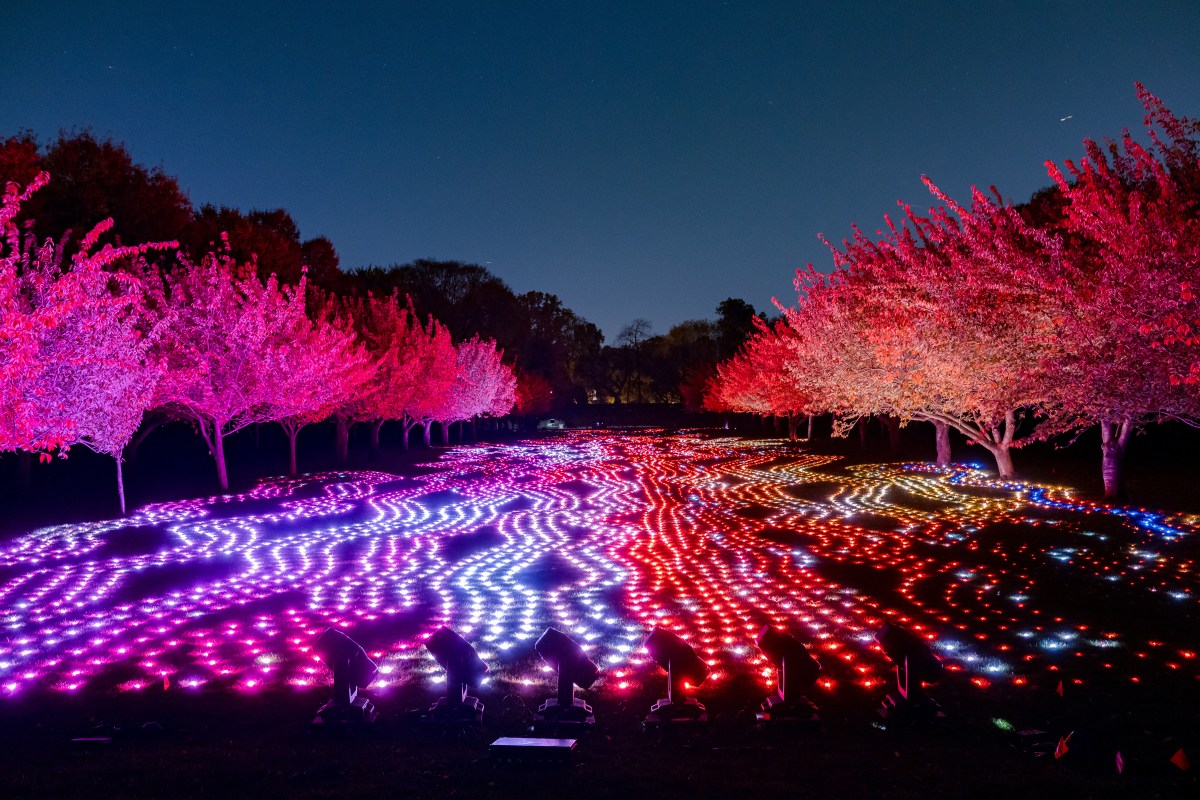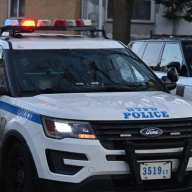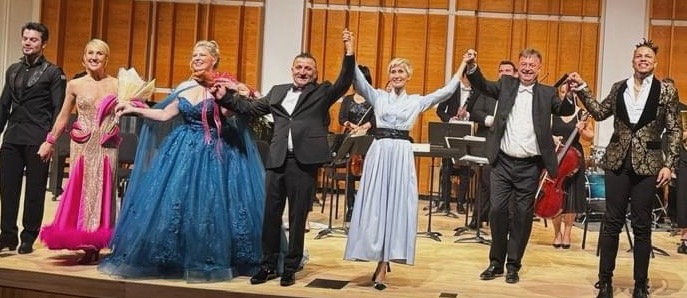“Broken windows” policing, which targets small crimes to prevents bigger ones, will be on trial at a pop-up exhibit by the New York Civil Liberties Union this month.
The Museum of Broken Windows, open through Sept. 30, will critically look at this method of law enforcement through the eyes of artists from around the country.
Creators like Molly Crabapple, Jesse Krimes, Dread Scott, Hank Willis Thomas, Russell Craig and Jordan Weber are contributing photographs, paintings, collages and more to the museum to show “the ineffectiveness of broken-windows policing, which criminalizes our most vulnerable communities,” according to the NYCLU’s announcement.
The theory that cracking down on minor offenses will help eliminate greater crimes has been around since at least 1982, when social scientists James Wilson and George Kelling articulated the idea in The Atlantic. When Rudy Giuliani took over as mayor in 1994, he and then-police commissioner William Bratton adopted it as policy to clean up the streets of New York.
New York enjoyed a steep drop in crime in the 1990s, which many have attributed to broken-windows policing, although critics argued the approach was incidental to greater societal changes that saw lowered crime rates in big cities throughout the nation. Criticism has mounted of late, especially after the death of Eric Garner and the birth of the Black Lives Matter movement — politicians are talking about whether to eliminate the practice entirely.
“Broken-windows policing has turned neighborhoods into occupation zones, torn apart families in communities of color and hyper-criminalized minor offenses like jumping turnstiles or smoking marijuana,” said Johanna Miller, the advocacy director at NYCLU, in a statement provided to amNewYork.
“The goal of the museum is to bring the emotional, physical and societal impacts of this style of policing to life for all New Yorkers, and spark a critical conversation about what it means to be and feel safe in this city. Ultimately, we hope visitors will join the calls to force the mayor to give up on this failed policing strategy.”
Daveen Trentman, the co-founder of the Soze Agency and the museum’s executive producer, said their hope is to provide the human side to the debate, offering glimpses into the lives that have been affected by broken windows.
“The conversation can often get caught in statistics or big political ideas and loses those impacted,” he said. “The museum uplifts the actual people at the sharp end of ineffective policing tactics. It also aims to challenge audiences to think more compassionately about policies that harm brown and black New Yorkers that are virtually ignored in predominantly white areas.”
Artist Dread Scott, whose work will be a part of the museum, said that an entire generation of black and Latino youth have been criminalized and “warehoused” in prison and killed on the streets.
“They have continued a legacy of violence and terror that enabled Jim Crow,” he said. “For 30 years, my art has been shining a light on how the buried horrors of the past continue to stalk us in the present.”
The exhibit, at 9 W. Eighth St. in Greenwich Village, will be open Sunday through Thursday, 10 a.m. to 8 p.m., and on Friday and Saturday from 10 a.m. to 9 p.m. A special screening of the NYPD-centric Hulu doc “Crime + Punishment” is at 7 p.m. on Sept. 29; councilman Jumaane Williams hosts.

































